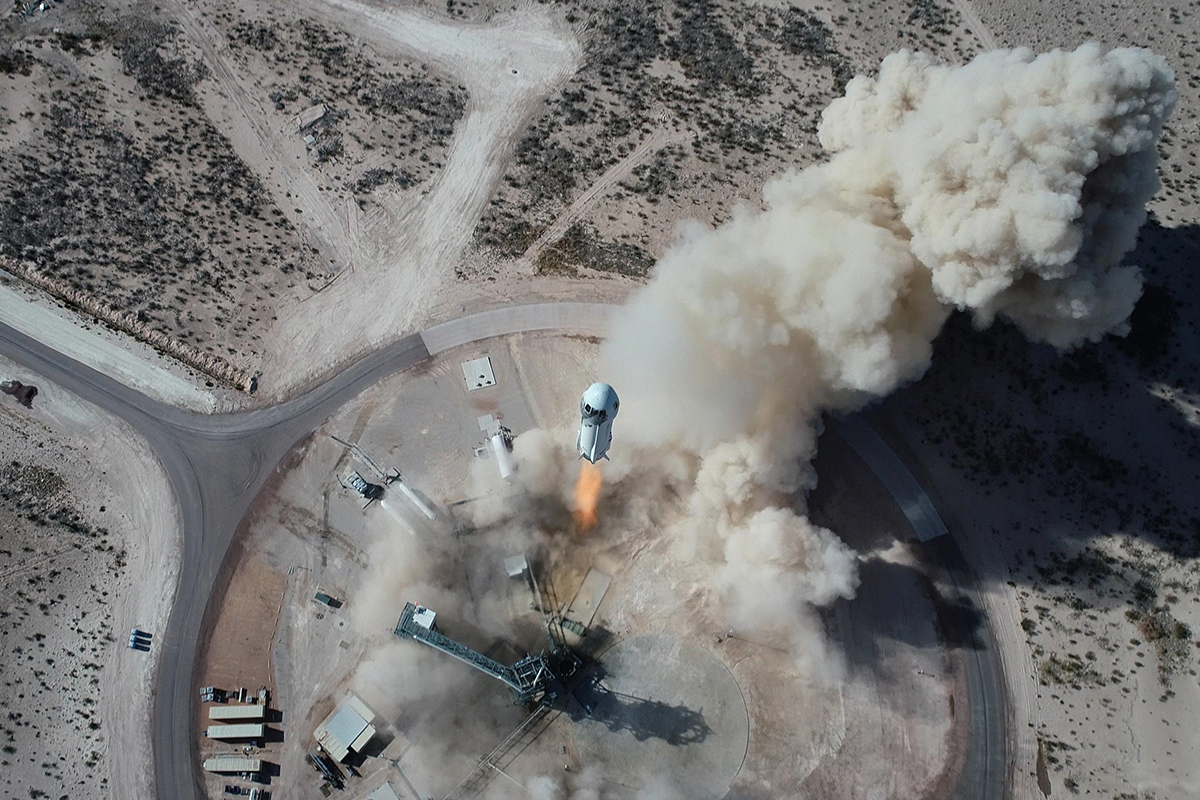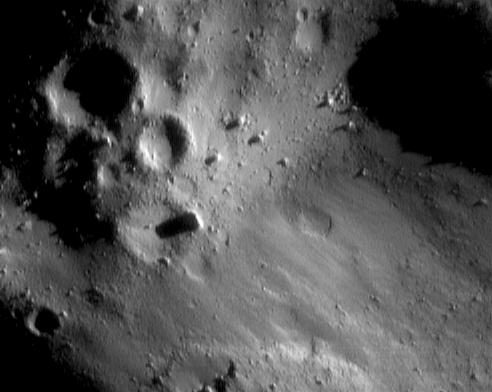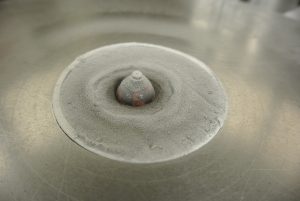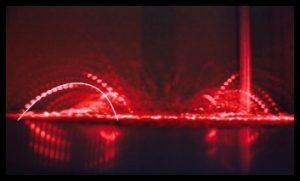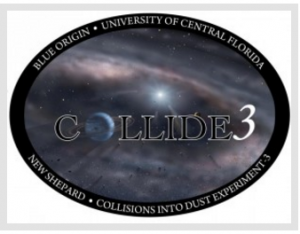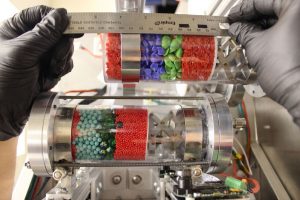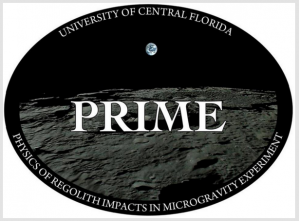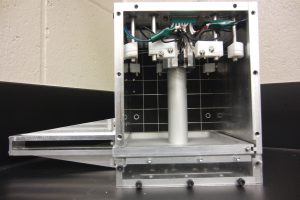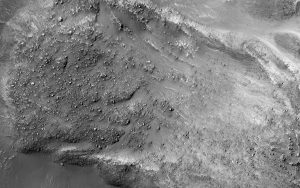Asteroids, Comets, and Small Moons
Asteroids are the rocky leftovers from the formation of the solar system. The largest asteroid, Ceres, and a few others, are dwarf planets, but the overwhelming majority are small, irregularly shaped objects that have been battered by collisions over the course of the last 4.5 billion years. Many are shards from collisional fragmentation of larger objects. Some are “rubble piles” of debris held together by their own weak gravity. When astronauts and robots explore these small objects, they will be interacting with a regolith, or collection of loose debris, on the surface that is only weakly bound to the surface. Small disturbances to the surface can kick up huge clouds of dust that can interfere with human exploration. We study the behavior of asteroid regolith in low gravity environments to learn more about the evolution of these and other small objects, such as small moons, as well as enable future exploration activities by manned and unmanned missions.
This image of the asteroid Eros was taken by the NEAR/Shoemaker spacecraft. It reveals a variety of surface features including relatively smooth plains, boulders of various sizes, craters, and smooth “pond” deposits of dust on the floors of some craters. The gravity on Eros is so small that a boulder weighing one ton on Earth would be only about a pound on Eros. The dust, pebbles and boulders on the surface make up the regolith of the asteroid. Credit: NASA/JPL/Johns Hopkins University/APL.
Experiments that focus on small bodies include:
Comets and small moons located in the outskirts of the Solar System are covered in a layer of regolith composed of dust and ice. Understanding the response of this regolith to impacts is crucial to the knowledge of the evolution of comets, as well as to future missions that will land on their surfaces. ICE (Impact into Cryogenic regolith Experiment) addresses the specific question of how the presence of water ice in dust influences the response to impacts…
Read MoreIn the Bead EjectA Dynamics Study (BEADS), laboratory experiments are used to simulate impacts into dusty planetary surfaces. The experiment is set up with a vacuum chamber so that an impactor, with variable composition and kinetic energy, collides into a cup filled with “beads.” These beads are idealized granular objects of variable composition and shape…
Read MoreThe Collisions Into Dust Experiment (COLLIDE) was an experiment designed specifically for microgravity environments to investigate dust production in planetary rings by simulating planetary ring particle collisions at low-velocities. It was originally designed as a Get Away Special (GAS) payload to fly on space shuttle Columbia and successfully flew in April 1998 on STS-90…
Read MoreThe Strata (and Hermes) family of experiments have and will fly on parabolic and suborbital flights, and the International Space Station (ISS). The experiment tube design was based on those flown on parabolic flight in the CATE Experiment. Strata-1 flew onboard the ISS from April 2016-May 2017 (project managed by NASA JSC). Strata-S1 flew on a Blue Origin New Shepard suborbital flight in May, 2019. The first set of Hermes facility experiments were based on the Strata-1 and -S1 payloads, and flew on the ISS in November 2019 through 2020. Strata-2P is slated to fly on a series of parabolic flights in November, 2021…
Read MorePRIME’s main focus has centered on low-velocity collisions in microgravity and has enabled the quantitative analysis of the ejecta mass and velocity produced due to these low-energy impacts. PRIME has previously flown on NASA’s KC-135 Weightles Wonder V (July 2002, August 2002, January, 2003, April 2003, and May 2003) and on Zero-G flights 210, 212, and 293. This experiment has been subjected to lunar, Martian, and 0-g conditions…
Read MoreThe Collection of Regolith Experiment (CORE) is a suborbital experiment that uses the hardware and technology previously designed and tested from earlier dusty regolith impact experiment (COLLIDE, Colwell and Taylor 1999; COLLIDE-2, Colwell 2003). These experiments have been modified to include a collector mechanism for acquiring samples of loose regolith. The experiment consists of a regolith reservoir and a prototype of a retrieval mechanism that penetrates the regolith and obtains a dust sample of about 10 grams during microgravity conditions…
Read MoreWelcome to the website for our interdisciplinary student experiment, funded through the 2015 NASA Undergraduate Student Instrumentation Program (USIP). SLOPE flew aboard ZERO-G’s G-Force-One aircraft in March, 2018. We are a group of UCF students working on a space science microgravity experiment intended for parabolic airplane flight…
Read More